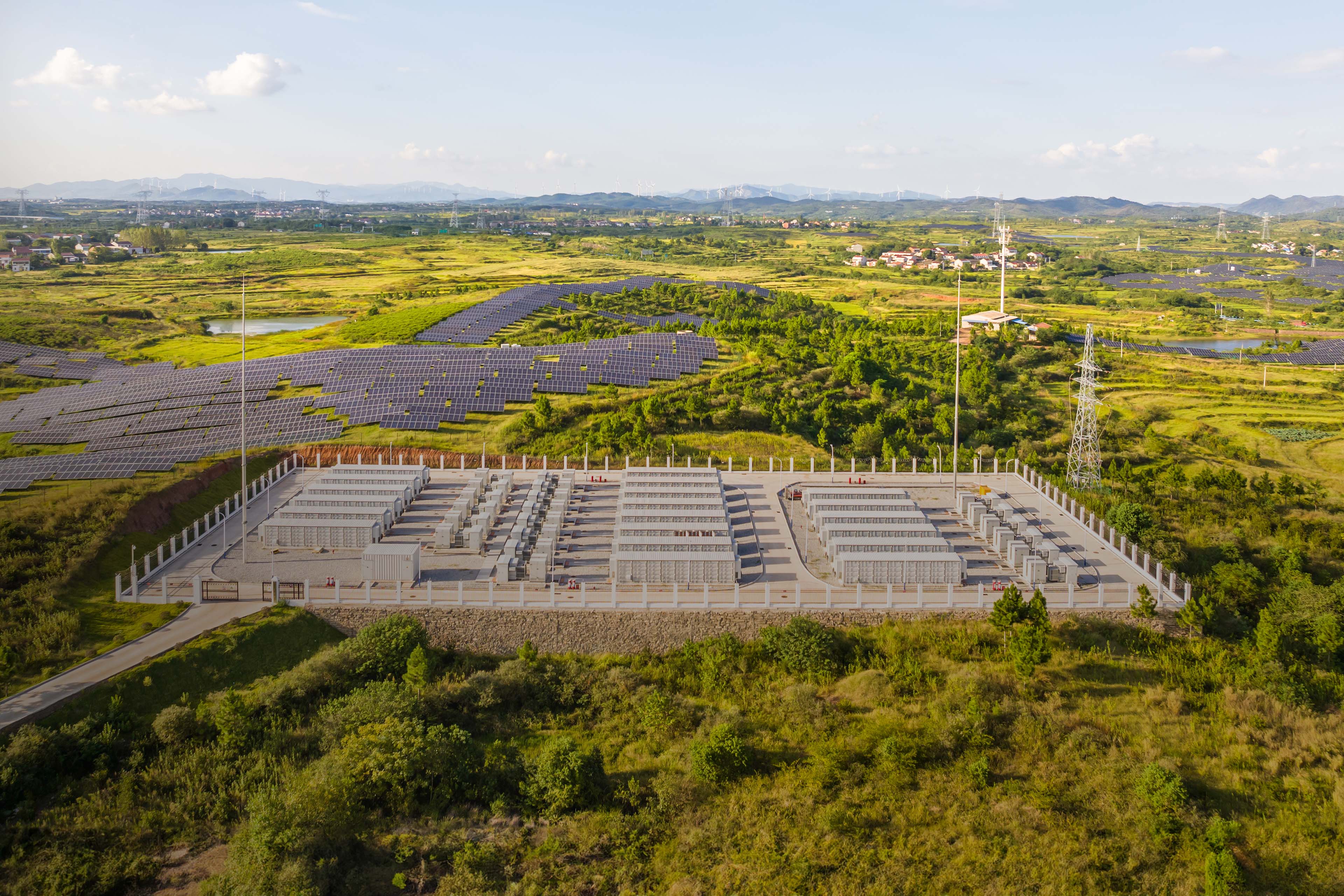EY refers to the global organization, and may refer to one or more, of the member firms of Ernst & Young Global Limited, each of which is a separate legal entity. Ernst & Young Global Limited, a UK company limited by guarantee, does not provide services to clients.
How EY can help
-
EY-Parthenon software strategy consulting brings real-world software CTO and CPO-level experience to drive value. Learn more.
Read more
External pressures include the ongoing impact of technology and a reaction to new competition. The relentless pace of technological advances continues to reshape industries. Companies that fail to embrace these innovations risk falling behind, as competitors harness the power of technology to streamline processes, reduce costs, and enhance efficiency.
Underpinning internal ambitions, a significant cohort (31%) of those who plan to transform their business portfolio are hoping to take advantage of market conditions or valuations, with a recognition that deal multiples have come in over the past year, declining from 9.9 times EV/EBITDA at the end of 2022 to 8.9 times, according to EY analysis of Dealogic data.
There is also a resurgence of activist shareholder pressure for CEOs to consider. Activist campaigns hit historic highs in 2023, with Europe and Asia-Pacific, the largest contributors, each experiencing a record number of new campaigns.¹ Activists will be carefully examining transformation plans and are likely to increase the impetus to move further and faster through 2024. There will likely be more pressure on CEOs to articulate their plans and ambitions in a manner that keeps the most strident activists on board or provides enough reassurance to other stakeholders to support any pushback.
CEOs are also using their own levers to drive business transformation, reallocating capital and focusing on core capabilities to improve financial performance. There’s no one answer or one-size-fits-all approach in this environment. The portfolio mix and structure, and capital allocation decisions, will need to be consistent with overall transformation strategy.







